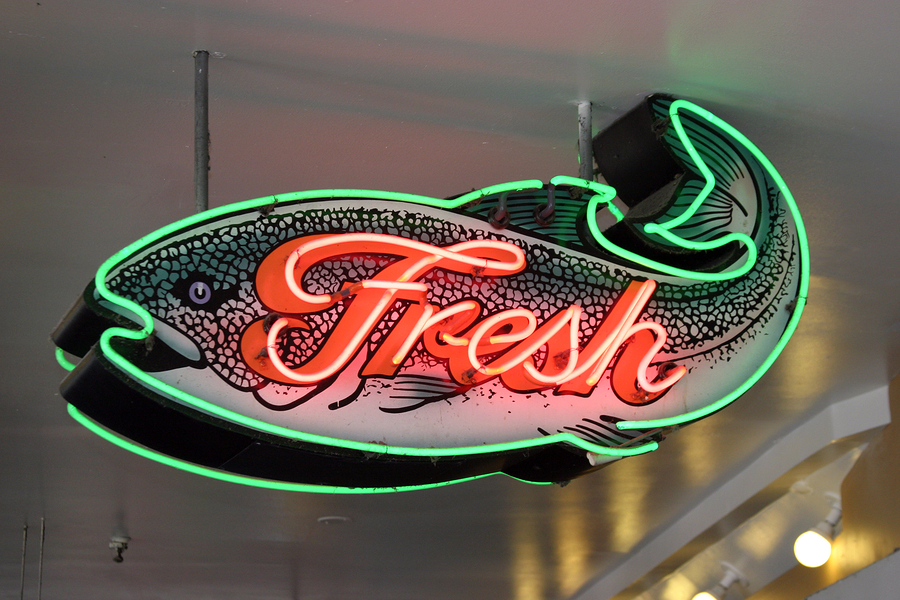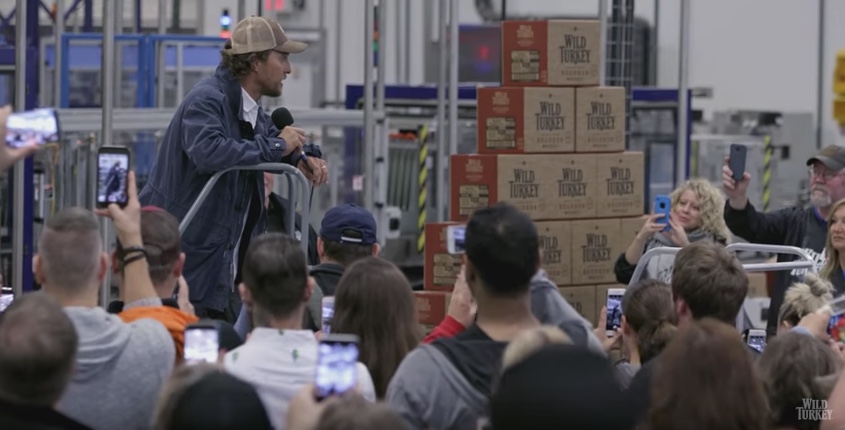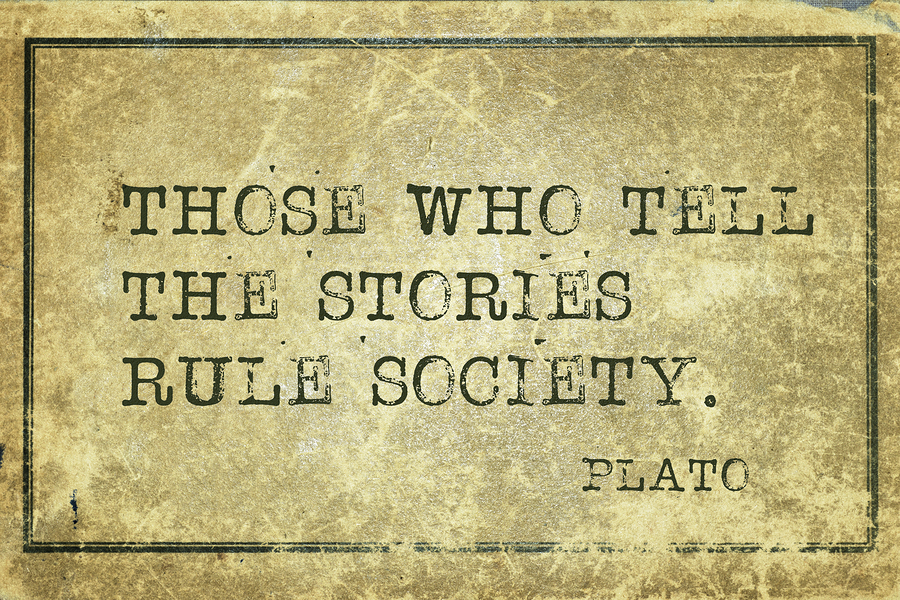The Four Conditions and Traps Impacting Food, Beverage and Lifestyle Brands
Last year was, if anything, another period of transformation for the food, beverage and lifestyle business as new and emerging brands took the spotlight for innovation and growth. In 2018 the impact of these conditions will require a shift in thinking and planning, as brands, both new and legacy, navigate in a business environment controlled and managed entirely by consumers.
At Emergent we are obligated to stay at the forefront of these cultural changes; providing guidance and strategic leadership to our clients and business community on how best to traverse the unprecedented pace of evolution in consumer preferences and behaviors.
- In this article we will unpack four conditions impacting the future of food, beverage and lifestyle brands in the year ahead.
- And flag four traps that, if left unattended, could dilute desired marketing outcomes.
- Product narrative IS the marketing
The single most important insight we can provide on marketing and communication is the requirement of story behind the product. Consumers want to know everything – to peer behind the curtain and go back stage to see how things work. That means we’ve entered the era of real-vertising: honest, open communication around ingredients, sourcing, sustainability, quality standards, craftsmanship markers, and product creation providing the litmus test of what should be at the center of brand and business communication strategies.
How does this play out in the plan?
- All messaging and content must work in aligned fashion with social channel integration and community building.
- Consumers believe the opinions of other people – especially those of friends and family members – as they are more relevant to them and operate in their best interests, ahead of a brand’s own published material.
- Thus, aggregation and repurposing of User Generated Content (UGC) will be critical in the brand communication eco-system.
- Video is by far and away the most preferred and shared type of content. No surprise as it is one of the most engaging and entertaining forms of communication in the toolkit.
- The role of influencers and earned media continues to grow because of the trusted source factor that defines what works vs. what doesn’t.
- Digital channels allow for amplification (some of it paid distribution) and repurposing of earned and influencer content, so earned media becomes a more measurable asset in the arsenal.
- Higher quality is the new healthy
We’ve been saying this for some time as a forecast of further evolution in food culture. It’s now a verified reality borne out in the marketplace. Examples keep piling up of higher quality fresh products and more innovative versions of legacy brands, displacing the latter while the former gains more shelf space. The premium, artisanal treasure hunt marches on!
What’s driving this? Consumers are demanding higher quality food experiences. Cleaner labels, real food ingredients, fresh products, less-processed options secure greater share position for the very reason people believe they are healthier and thus will contribute to their well-being and happiness.
- Indulgent and healthy are no longer polar opposites, and often coalesce together as accepted experiences in a healthy lifestyle. That said, there is a trailing requirement for real food over anything that appears to be overly processed.
For legacy businesses this condition recommends a wholesale rethinking of product platforms, formulations and supply chain in an effort to upgrade and bring greater premiumization to the innovation table.
Related to the previous point about importance of product narrative, if there isn’t a compelling story to tell about ingredients, sources and quality, then there’s risk now to brand relevance. Saying, “but we’ve always done it this way,” or “it’s difficult to change our supply chain commitments” is simply going to put the business in conflict with consumer preference. New upstart, high quality businesses are advancing across a broad swath of categories from staples like mac and cheese to the meat case.
- Meal kit is the instrument of food adventure
We predict the meal kit business will continue to consolidate and evolve – and that it’s likely food retail will get invested in the business. The fundamental premise of a food kit is consistent with consumer preferences. Consumers are looking for fresher, higher quality meal experiences featuring ingredients with a backstory, and menus that deliver low risk experimentation with new flavors and cuisines.
We also forecast continued improvements to food kit business models making them less onerous on expensive subscriptions, providing greater ordering flexibility and ease of preparation for those who want less challenging menus.
It is food-adventure-in-a-box that gives consumers an attractive meal option and step-by-step instructions on how to execute. That said, as food retailers move into this space with fully prepared, semi prepared or scratch cook alternatives, the advantage of being able to decide a menu at a moment’s notice, we believe, will be extremely attractive to a significant segment of the consuming public.
Simply said, many households don’t plan ahead for dinner and are making preference decisions at 5 pm. It’s a form of impulse meal buying that, if available at an attractive price, will help food retail gain additional shopper traction.
Could this presage more mergers of food retail with food kit operators? Perhaps, so.
- Snacking is the universal meal occasion
Call it what you will – mini-meal, fuel up or reward – snacking is a predominant behavior across all day parts and is influential in the foodservice channel as well. Snacking starts early and goes late as consumers both young and old graze their way through the day.
Some of this behavior is functional and related to recognition that the human body will periodically experience lagging energy levels requiring replenishment. People now recognize the connection between food and performance, thus a compelling reason to look for hand-held options that deliver energy-enhancing protein in meat, veg and dairy forms.
- Snacking crisscrosses indulgent and good-for-you needs with portions that seem manageable in a healthy living view. (I’m snacking on almonds as I write this).
With added pressure for performance in work, school and outside pursuits, functional snacking is likely to be a major opportunity in the year ahead for innovation. We expect retailers will devote more in-store real estate to brands in this space.
Avoiding traps that take wind out of the sales…
Trap #1 – the inauthentic mission
There’s no question that consumers look for brands with similar beliefs and values. Operating with a mission that transcends commerce itself is now a marker of a brand’s cultural relevance.
In many instances new and emerging brands are built alongside a mission designed to benefit others and contribute to making the world a better place. Authenticity couldn’t be more important.
Consumers are able to sniff out posers in relatively short order. Mission is not philanthropy. It is not something that’s bolted on to the marketing plan as a campaign theme because it’s popular now.
A real, human-relevant, and unselfish purpose is a purpose – and in the long run devotion to it will indeed maximize financial performance. Absence of real beliefs here is a trap.
Trap #2 – marketing over meaning
Want to build a closer connection with core customers? Then imbue the brand with greater meaning based on relevance to their lifestyle passions and interests. Consumers can’t be viewed as walking wallets nor should the marketing plan stray towards looking at the customer relationship as purely transactional.
The brand’s voice gets added value when its connected to the consumer’s interests, be that their love and relationship with a pet, passion for outdoor lifestyle adventures, or desire for creativity in the kitchen.
When the conversation with consumers begins with what’s relevant to them, then marketing no longer looks like traditional marketing. Instead it becomes valued and useful. Conversely overt selling is a trap and path to disconnection.
Trap #3 – trust is at the center, or not
Lack of consumer trust is perhaps the most significant destroyer of businesses over time. Instead, brands built on earning trust gain competitive advantage in the marketplace.
If trust creation is not a core component (active not passive) of the marketing plan it’s time to step back and reassess. Brand relationships today are taking on the give and take characteristics of human relationships. No lying or deception allowed.
To earn trust means putting the consumer’s welfare and wellbeing at the forefront of strategy. Not doing so it a trap.
Trap #4 – do you really know me?
It’s easy to think that as long as the business is devoted to making a quality product and standing behind it, then all is well. Yes, high quality is required. However, there’s more complexity now in building sustainable relationships with consumers.
This goes beyond knowing what flavors they prefer or their patterns of shopping behavior. It’s vital to understand the whole human, their desires, wants, needs, interests and concerns.
Today there are more tools than ever before that permit a closer look at customer lifestyle interests. Making the investment here to get close and gain greater understanding of wants and needs beyond product use, is the link to more engaging brand communication.
Too many emerging brands sidestep this important insight research requirement because the demand for building basic go-to-market infrastructure gets first priority. Yet the very thing that sits at the core of long-term success is neglected: consumer insight and relevance.
Brands are built on the back of mattering. Basing communications on hunches and assumptions about what’s meaningful and valued puts the marketing plan into a blind spot. Avoid the irrelevance trap by mining insight.
The year ahead will be a tug of war between competing channels and sources of higher quality, unique and differentiated food and lifestyle experiences. The winners in this battle for share of spend will fall to those who put the consumer first – and by virtue of doing so reap the benefits of deeper connection.
Looking for more food for thought? Subscribe to our blog.
Bob Wheatley is the CEO of Chicago-based Emergent, the healthy living agency. Emergent provides integrated brand strategy, communications and insight solutions to national food, beverage, home and lifestyle companies. Emergent’s unique and proprietary transformation and growth focus helps organizations navigate, engage and leverage consumers’ desire for higher quality, healthier product or service experiences that mirror their desire for higher quality lifestyles. For more information, contact [email protected] and follow on Twitter @BobWheatley.





